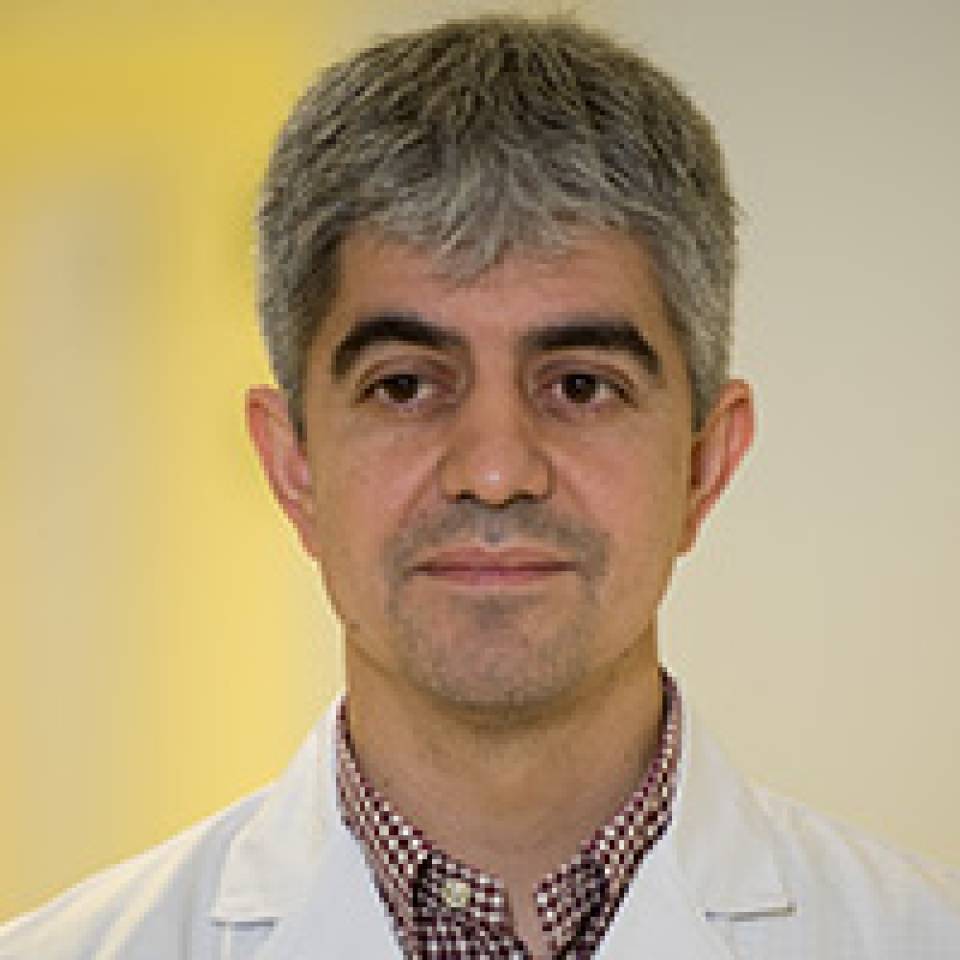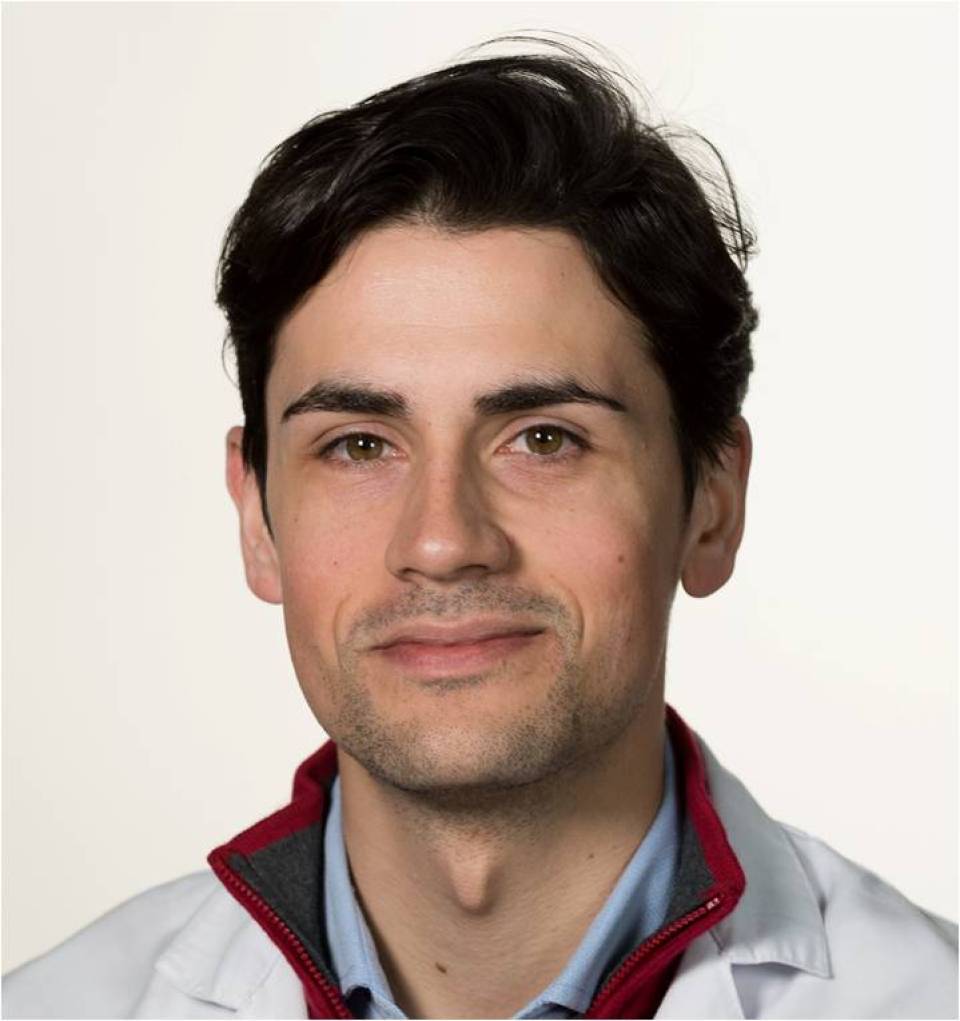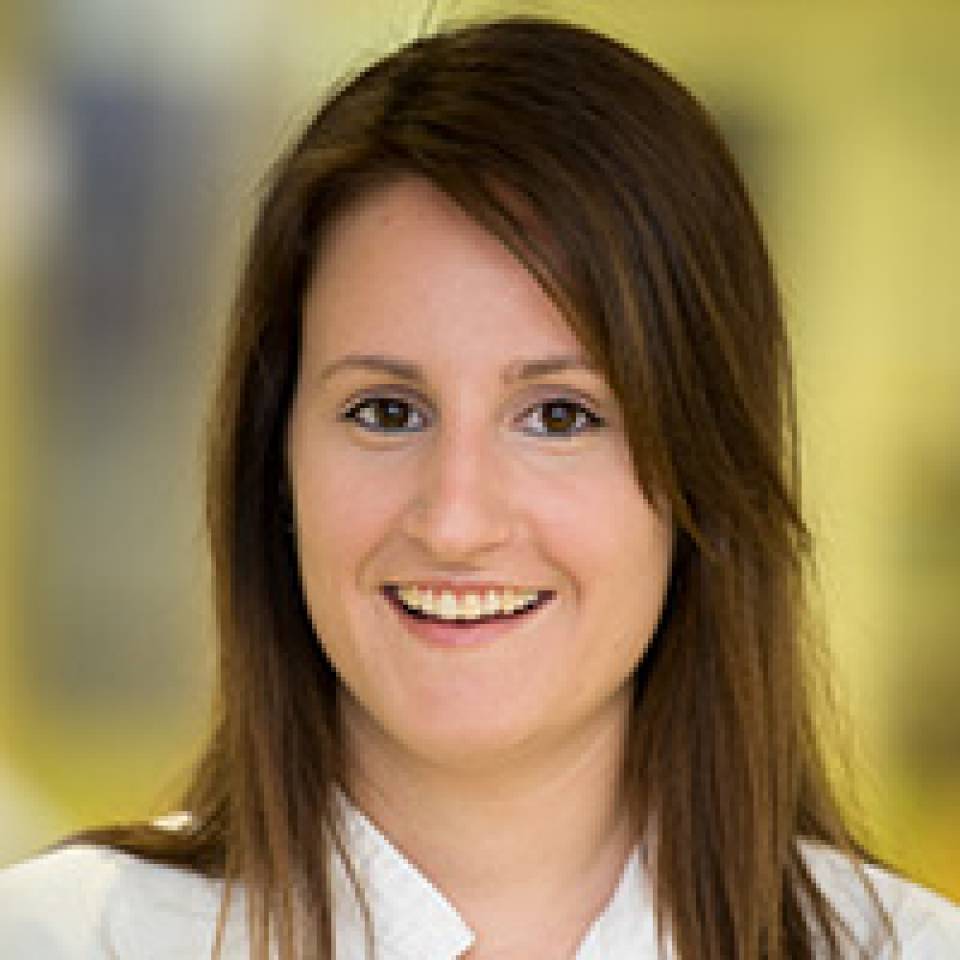Treatment of Brain Tumour
Although surgery is always the initial treatment proposed it is not always necessary or even possible. Surgery implies a risk that is only assumed in cases where it may provide a benefit, whether diagnostic or therapeutic.
The histopathology or pathological anatomy of the tumour tissue is very important when it comes to identifying tumour type, level of aggressiveness and a complete series of genetic and biomolecular characteristics that could help determine the treatment and its prognosis.
Surgery, whether a biopsy or resection, therefore plays an important role in the treatment of brain tumours.
Occasionally, a surgical intervention may be not be possible considering the patient’s characteristics (elderly, severe associated illnesses) and the state of the tumour (which precludes surgery) and so we cannot learn about the tumour’s histopathology. Only in these cases, and so long as any tests performed on the patient suggest a likely diagnosis, can we consider non-surgical tumour treatment where the aim is to control the disease.
In order to resect or extract the maximum amount of tumour while causing the least possible damage, each patient undergoes a completely personalised surgical procedure to deal with their specific brain tumour.
Surgery is generally divided into two types:

Trepanation. This is the most common procedure used for biopsies. It involves drilling a hole in the skull in a position that allows access to the tumour via the shortest and least damaging route. A biopsy needle is then usually introduced through this small hole. The biopsy needle, which features a needle window at its tip, is guided by high-precision intra-operative imaging systems (stereotaxy and neuronavigation) according to a previously prepared plan. Once the needle reaches the selected target point within the tumour, then the samples required for diagnosis are extracted.

Craniotomy. This procedure is typically used with the aim of removing as much tumour as possible. This consists of opening a bone flap in the skull, of variable size, located as centrally as possible over the tumour region. The procedure also makes use of some high-precision biopsy techniques, particularly neuronavigation and intra-operative imaging. Once the bone flap has been opened under the skin, the surgeon opens the meningeal sheath surrounding the brain to gain access to its surface. They can then locate and extract the tumour.
There are different types of craniotomy depending on the techniques applied during the procedure:
Standard craniotomy. A bone flap is opened over the tumour which is then located and removed without the aid of any other elements to determine different areas of brain function that could be damaged. At the very most, the procedure is complemented with precision techniques such as neuronavigation and intra-operative imaging.
Craniotomy with associated neuromonitoring techniques. In addition to opening a bone flap over the tumour area, these procedures use a whole series of neurophysiological techniques (brain mapping, evoked potentials, electrocorticography, etc.) to maintain the highest possible level of brain function in the area affected by the tumour. These techniques identify which areas of the brain function correctly and are used to reduce the amount of tumour removed if it is suspected it will cause irreversible damage.
Awake craniotomy. This is a special type of operation that is considered in patients with tumours that are in close vicinity or closely related to the language areas of the brain. The procedure consists of a standard craniotomy guided with the usual resources, but it is unique in that the patient is not placed under general anaesthesia at any time during the surgery. To be exact, the patient is completely sedated and totally unaware of the procedure during the initial and final stages, but they are awakened in one of the intermediate stages so the language areas of the brain can be explored and stimulated. This awake stage is painless since all the potentially painful areas of skin, bone and meninges are numbed with local anaesthetic and contact with brain tissue does not cause any discomfort because it does not have pain receptors. A neuropsychologist will talk to the patient during this phase, asking them to repeat words, describe what they see in images or perform comprehension tests while the surgeon stimulates conflictive areas of the brain. If an area produces a reversible deficiency while being stimulated, then it is marked as a forbidden area and will not be touched. The aim of this procedure is to try to ensure the patient does not lose communication function. Having completed this collaborative stage, the patient is sedated again and the operation finishes with the closure. It is important to note the risk of intra-operative epileptic seizures caused by the electrical stimulation and which must be treated immediately.
Intra-operative imaging. These resources are used during neuro-oncology surgery and allow the surgeon greater accuracy thanks to image-guided navigation systems (like GPS) with good refresh rates.
Some of these techniques are:
- Intra-operative CT scan. Although this is most commonly used in spine surgery.
- Intra-operative MRI scan. This is very helpful in tumour surgery as it can produce images at any moment to assess whether more tumour should be extracted.
- Intra-operative ultrasound. Similar to an MRI scan but easier to use and with lower image quality.
- Neuronavigation system. Used in combination with intra-operative MRI and ultrasound. It is like a GPS system that constantly tells the surgeon which area they are working in.
- Stereotaxy. This technique is older than the use of neuronavigation systems but it is more accurate, especially for guided biopsies on very specific intracerebral targets.
Fluorescence-guided tumour surgery. This technique is used specifically in patients with high-grade tumours. The patient takes an oral medication three hours prior to the intervention that produces fluorescence once it has been absorbed by the tumour cells. This means tumour tissue is easily recognised during the intervention and it can be resected with more accuracy. The fluorescence medication has a very low risk of side effects. Patients may experience mild skin photosensitivity and must protect themselves from direct light for the first 24 hours after the procedure.

Surgical wound or underlying tissue infections. These range from a local infection to a pus-filled abscess or meningitis. They must be detected early on by inspecting the wound and checking for any symptoms (fever, impaired consciousness or progressive signs of wound inflammation); once detected it should be treated with preventive antibiotics.

Cerebrospinal fluid fistulas. These occur when the colourless liquid surrounding the central nervous system seeps through the layers of the wound. Leaks are detected in the first few days after surgery and can cause headaches or develop into an infection. If a CSF fistula is detected, the hole should be closed and antibiotics administered. If this does not control the problem, then it could be a case of hydrocephalus (excess production of CSF or something obstructing its reabsorption) and so a fluid drainage system (CSF shunt) may sometimes need to be placed in another cavity, usually in the abdomen.

Haemorrhage within the surgical bed. This is a potentially life-threatening complication that arises when blood leaks from a broken vessel and accumulates in the surgical cavity. It may be minor and asymptomatic, in which cases it only requires monitoring, or it could be severe, produce compression and require evacuation and management. The patient must therefore be managed in an Intensive Care Unit (ICU) after the first 12–24 hours post-operation.

Inflammation (oedema) of the brain tissue. An intervention on the brain can cause post-operative inflammation which tends to be most acute in the first 24–48 hours. It needs to be treated with potent anti-inflammatories, but sometimes these are not enough and the patient may present some, usually temporary, symptoms. In exceptional cases there is a great deal of swelling and it requires more aggressive measures.

Neurological deficit. Even though every effort (neuromonitoring, intra-operative imaging, awake craniotomy) is made to ensure the maximum amount of tumour is resected while causing minimal brain damage, the tumour margin and areas of brain function are occasionally in very close proximity so direct manipulation of the tissue can produce neurological deficits. There is a wide range of potential deficits: weakness in the extremities, especially on the opposite side to the tumour; regional losses of sensitivity; speech disorders; visual disturbances; cognitive and memory disorders, amongst others. Many of these deficits gradually improve after the operation, although they may become permanent sequelae.

Epileptic seizures. Epileptic seizures are the product of brain irritation, particularly in the neurons. Manipulation of the cerebral cortex, inflammation and subsequent scarring can lead to the appearance of epileptic seizures which must be controlled by taking anti-epileptic medications for a length of time that varies from case to case.

Hydrocephalus. Hydrocephalus is the accumulation of fluid inside the central nervous system due to something obstructing the natural drainage of the cerebrospinal fluid. Waste material from the surgery (proteins, haematomas, haemostatic agents) may block the natural drainage of CSF which then tends to accumulate and generate pressure. Symptoms may include: a fistula caused by the wound, headaches, sleepiness and if the obstruction is severe it could result in coma. The situation urgently requires the placement of a CSF drain or shunt valve, this often needs to be left in place on a permanent basis. Patients can follow a normal lifestyle once the valve is in place as it is located entirely beneath the skin and works automatically.
Low grade. If 100% of the low-grade tumour was resected during surgery, then subsequent treatment will involve monitoring with MRI scans, which will become increasingly less frequent over time. In certain complete or partial resections, chemotherapy or radiotherapy may be indicated as adjuvant treatments.
High grade. High-grade tumours are generally characterised by a high reproductive capacity and rate of recurrence; therefore, even though surgery may manage to obtain a macroscopically complete tumour resection, this is never enough and must be complemented with chemotherapy and radiotherapy. These adjuvant treatments are usually well-tolerated by patients but they still need to be monitored closely by the oncologist.
Radiotherapy performed in the tumour or resection site area and chemotherapy are the adjuvant therapies most commonly applied to brain tumours.
In some cases surgery produces such excellent outcomes that adjuvant treatments are not always necessary, nor have they been shown to help manage the disease. But other patients should receive these treatments, either alone or in combination, according to the protocols that have demonstrated greater efficacy in long-term disease management.
Elderly patients. Although age does not represent an exclusion criterion for beginning a diagnostic or therapeutic procedure on a brain tumour, biological reasons, such as the patient’s clinical condition and abilities, must be taken into account.
Location. The brain is a vital organ; if some of its structures get damaged it can lead to very severe neurological deficits or even death. Whenever a tumour is located on one of these structures the medical team will consider less damaging alternatives other than surgery.
Substantiated information by:



Published: 20 February 2018
Updated: 20 February 2018
Subscribe
Receive the latest updates related to this content.
Thank you for subscribing!
If this is the first time you subscribe you will receive a confirmation email, check your inbox
